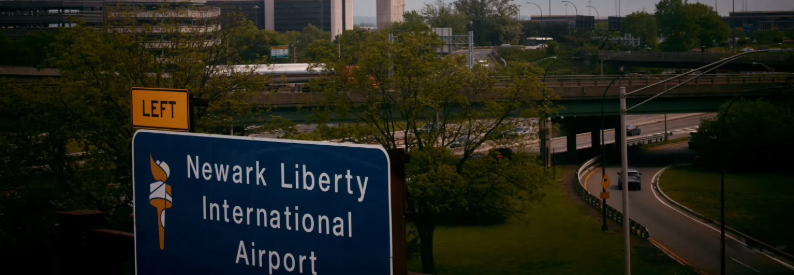Newark ATC Outage Exposes Aging System Strains

A brief loss of radar and radio contact on April 28 laid bare years of underinvestment and staffing shortages in the air traffic control system that guides flights into Newark Liberty International Airport. Controllers at the Philadelphia facility, responsible for sequencing arrivals and departures at Newark, saw their screens go dark for roughly thirty seconds and then waited another half-minute for aircraft to reappear on their radarscopes. Pilots undergo rigorous training to handle such outages, but even a minute without guidance “is an eternity for air traffic controllers,” said Jeff Guzzetti, a retired NTSB investigator.
The equipment failure triggered hundreds of flight delays, affecting more than thirty thousand passengers over several days. FlightAware recorded over 1,500 delayed Newark departures last week alone. United Airlines, which operates a major hub at Newark, announced it would cut thirty-five daily flights to alleviate congestion and ease the burden on its operation and customers. The disruption was compounded by the temporary closure of a Newark runway for maintenance, forcing airlines to juggle schedules and passengers.
This incident was far from isolated. Controllers at the same facility have endured multiple outages in recent months, and some have taken time off to recover from the stress. Underlying these failures are decades-old technologies, thousands of miles of aging communications lines and chronic staff shortfalls. The FAA reports that its control towers average forty years in age, and many radar systems date back nearly as long. In some centers, computers still run on Windows 95 and rely on floppy disks, according to NATCA president Nick Daniels.
The agency employs roughly 10,800 air traffic controllers—about three thousand fewer than needed to meet demand. Although 146,000 people applied to the FAA academy over the last eight years, only 7,905 graduated, and attrition rates further reduce the ranks. Controllers must retire by age fifty-six, and applicants older than thirty are ineligible, exacerbating the pipeline shortage. Many current controllers work six-day weeks to cover gaps, increasing fatigue and turnover.
Newark poses unique challenges: it handled around 414,000 flights in 2024—nearly half the volume of JFK but on far less runways and ramp space. In an attempt to relieve Long Island facilities, which also serve JFK and LaGuardia, the FAA moved Newark’s sequencing operations to Philadelphia; yet the relocation has not prevented equipment glitches. As capacity rose, on-time performance plummeted from eighty percent before late April to just sixty-three percent in the days following the outage.
In response, the FAA plans to bolster staffing at the Philadelphia center and install a temporary backup communications system during the transition to a fiber-optic network. Transportation Secretary Sean Duffy is set to unveil a major upgrade plan that could require Congress to approve billions in additional funding. The Trump administration also laid out new measures aimed at modernizing decades-old hardware and resolving controller shortages once and for all.
Although no accidents resulted from the April outage, the fatal midair collision between a Black Hawk Army helicopter and an American Airlines regional jet in January, which killed sixty-seven people, underscored the dangers of systemic neglect. Controllers now handle about 45,000 flights daily, and experts warn that without swift investment and recruitment, similar disruptions will continue. As air travel demand surges, New York’s busiest airspace requires reliable technology and adequate staffing to ensure safety and keep the skies clear.
Related News : https://airguide.info/category/air-travel-business/airline-finance/
Sources: AirGuide Business airguide.info, bing.com, cnbc.com
